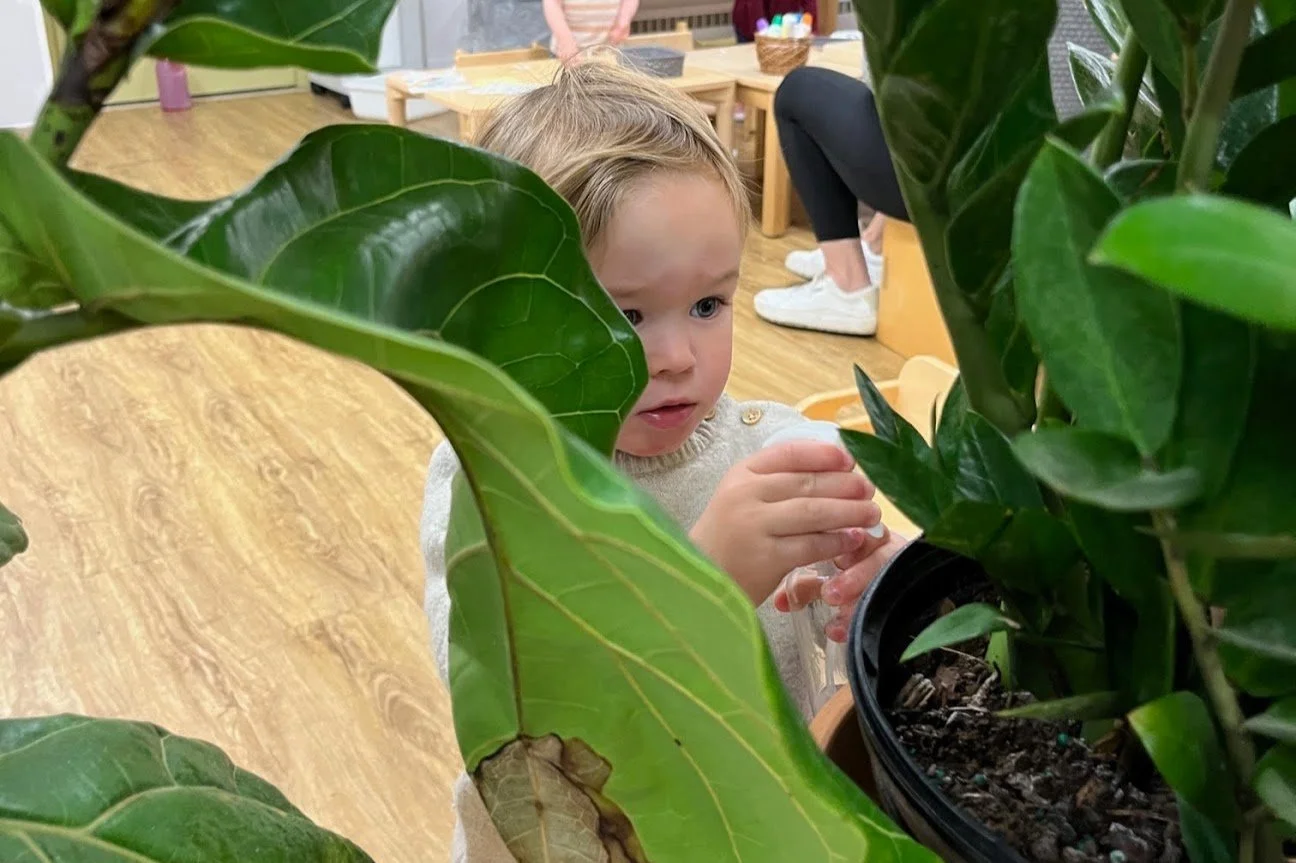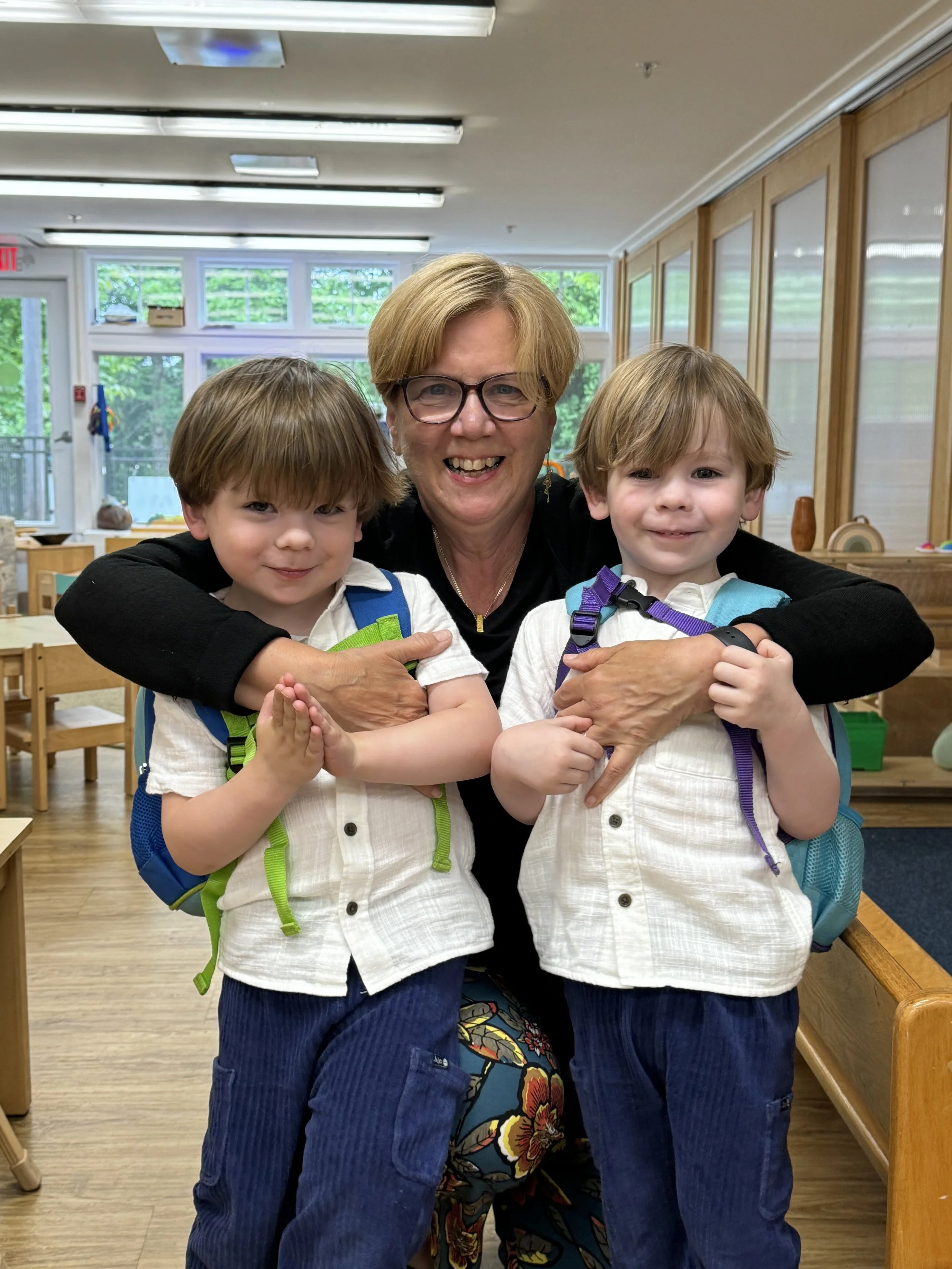
TODDLER
AGES 18 MONTHS - 3 YEAR OLDS
18 Months to 3 Years:
8:30-12:30, M-F
THE ABSORBENT MIND
The idea of the unconscious absorbent mind refers to how babies and young children take in everything around them without even trying. Their minds are like sponges, soaking up language, behavior, and their surroundings automatically. They’re not aware they’re learning—it just happens naturally as they grow and experience life.
The Toddler classroom includes opportunities for physical, intellectual, and emotional growth. The environment provides opportunity for the development of gross motor movement, which helps toddlers gain balance, coordination, and spatial awareness. Fine motor skills are developed through carefully selected activities designed to emulate the practical skills of everyday life, thus fostering independence and promoting self-esteem. Intellectual growth is fostered through experiences with materials and activities specially constructed to prepare students for further work in the areas of sensory discrimination, math, language, and the arts. All of this is accomplished by offering loving support and respect to the child, while consistently giving the child opportunities to do things on their own.
“This perfect little classroom is a magical first step in this incredible school. Our twins, with their different personalities and interests, one outgoing and one shy, both adored their teachers, the atmosphere, and the gentle challenges of the Montessori way. Throughout their journey, they’ve been consistently supported and guided by the experienced and observant staff, who so clearly love seeing children not just develop, but find joy in doing it and becoming independent. Finding the fun and fascination in learning, being encouraged to be curious, and discovering the satisfaction in helping others is integral to this beautiful toddler program, and a key part of what made it so very special for us all.”
Joe and Gillian King, Cornerstone Parents



